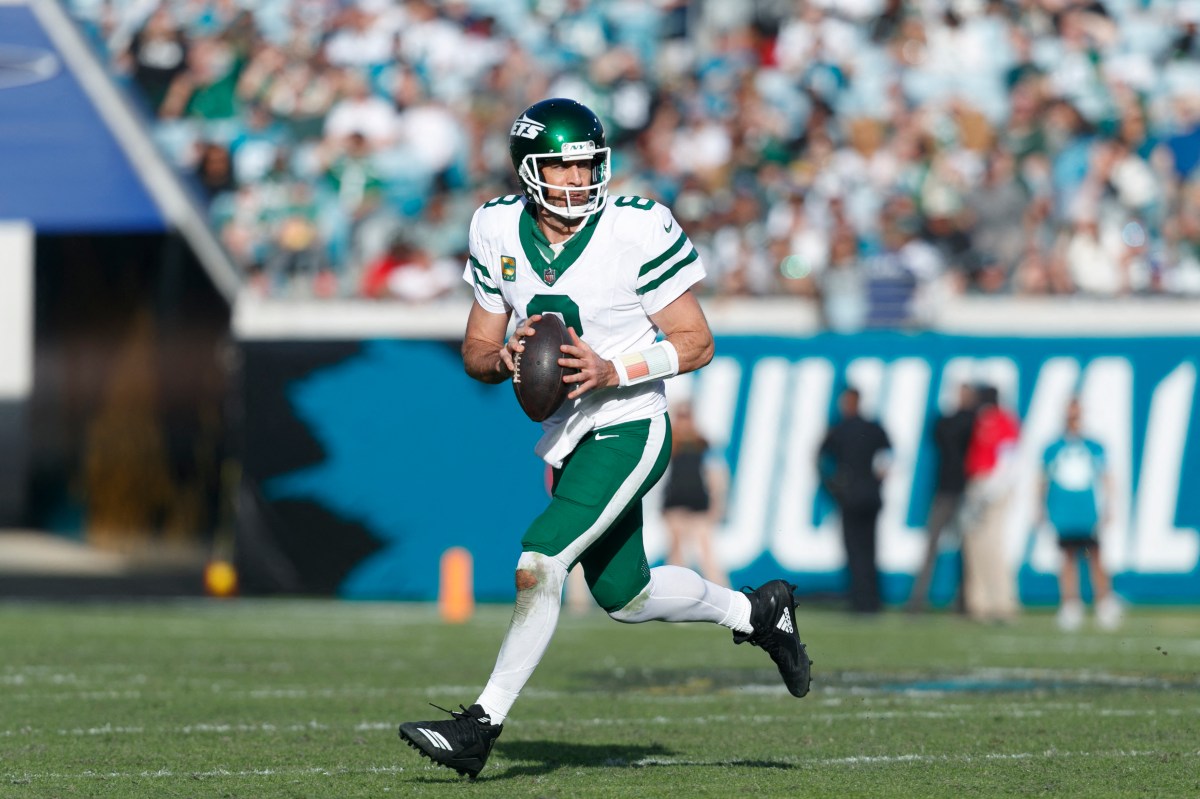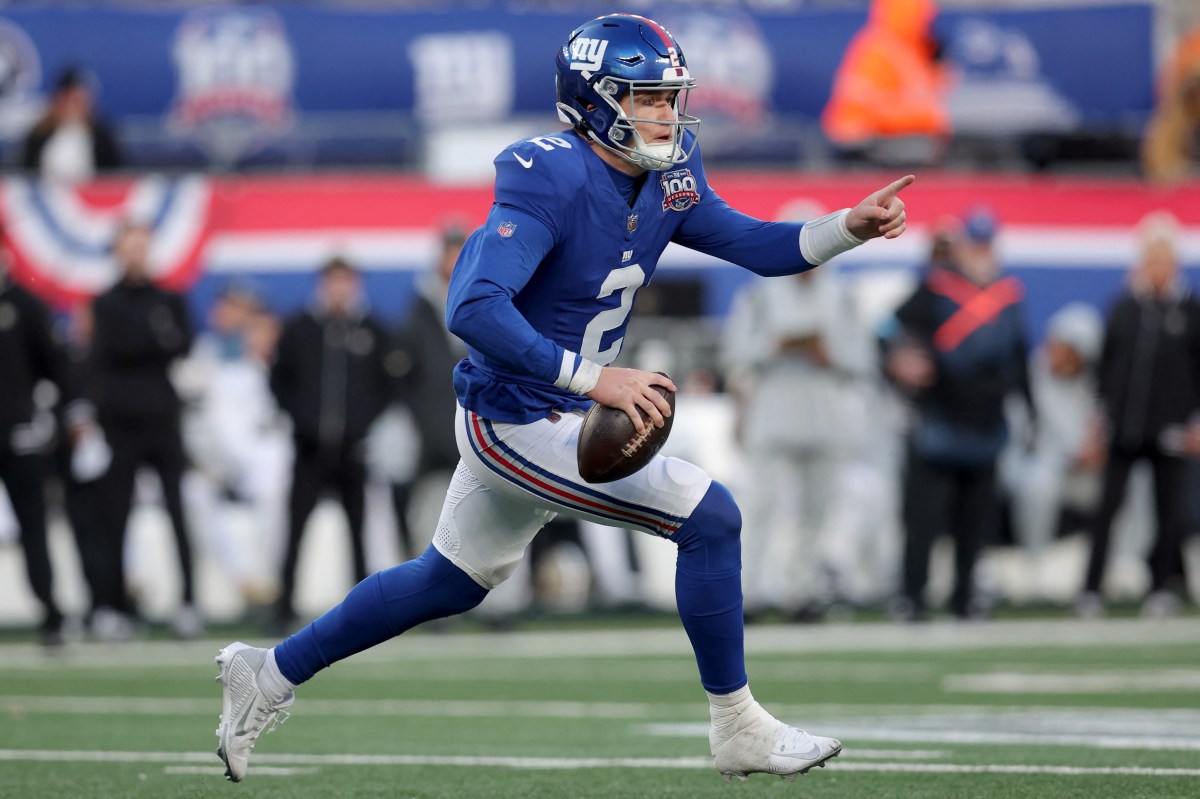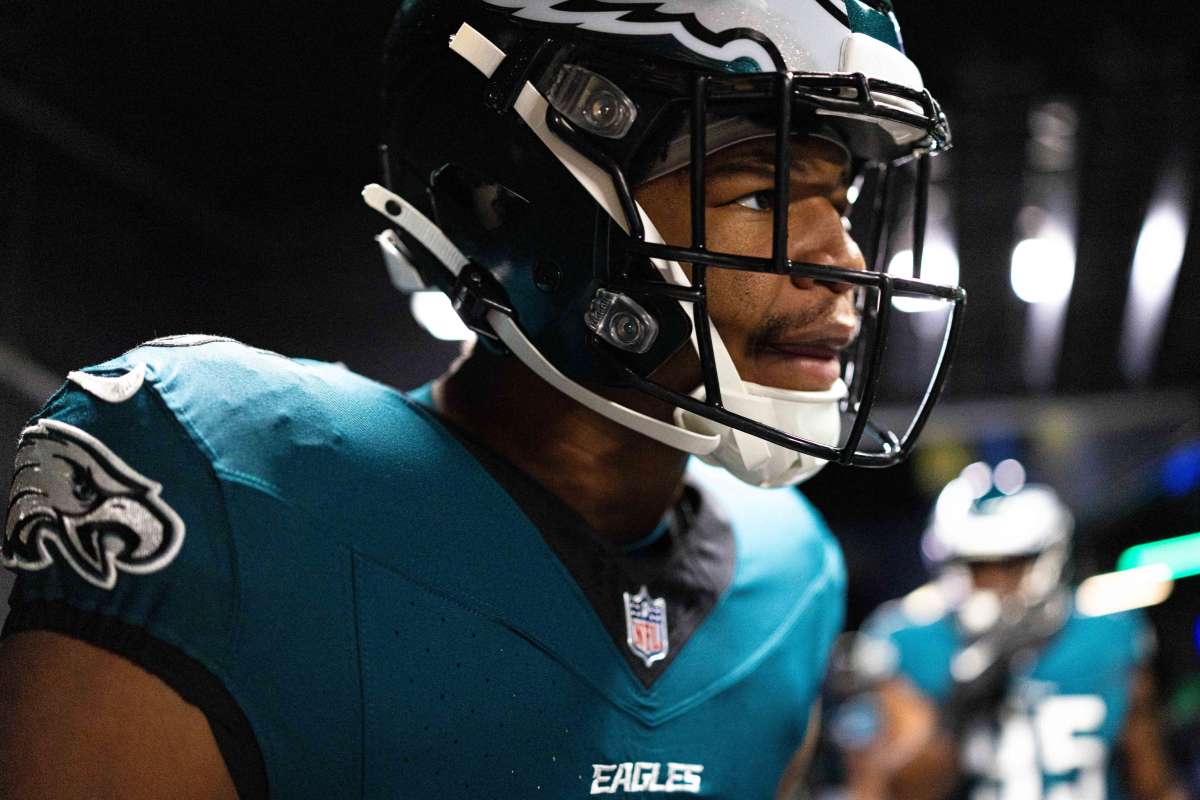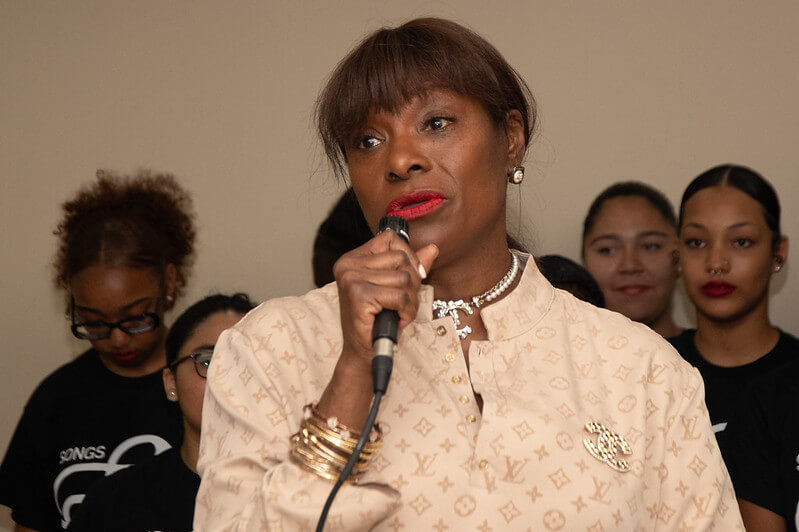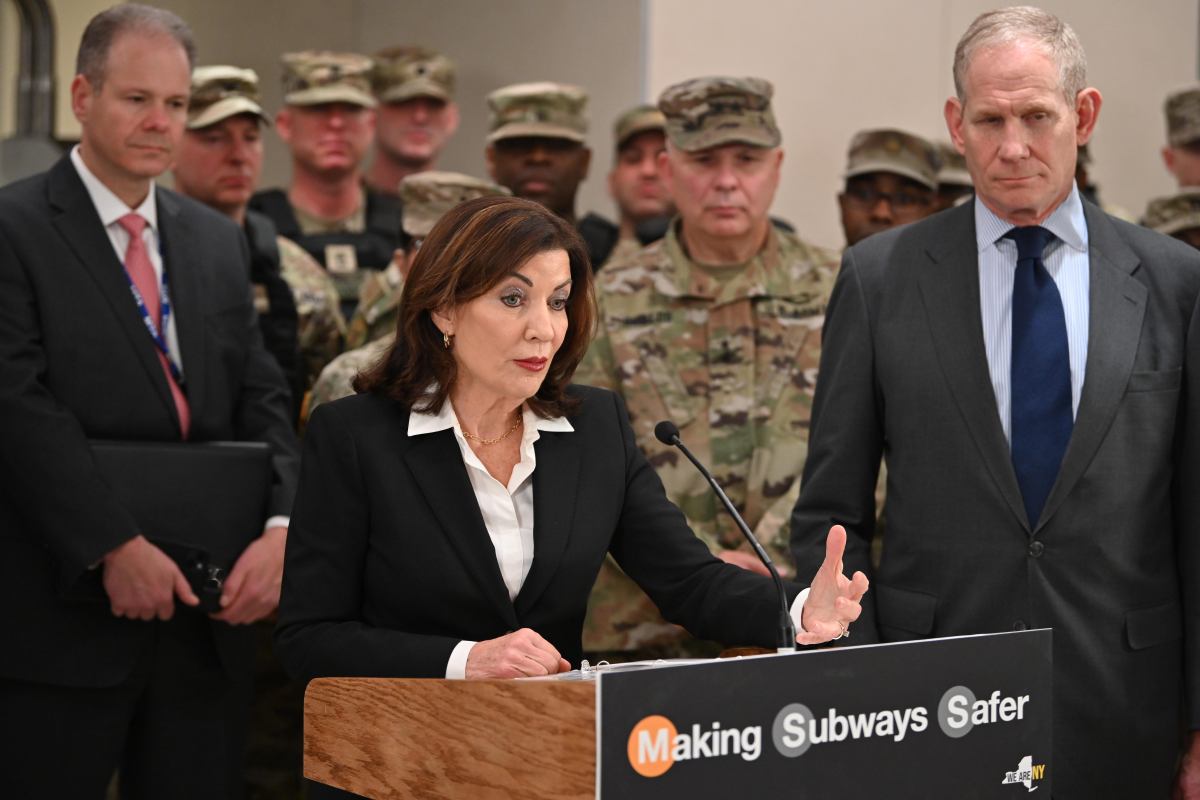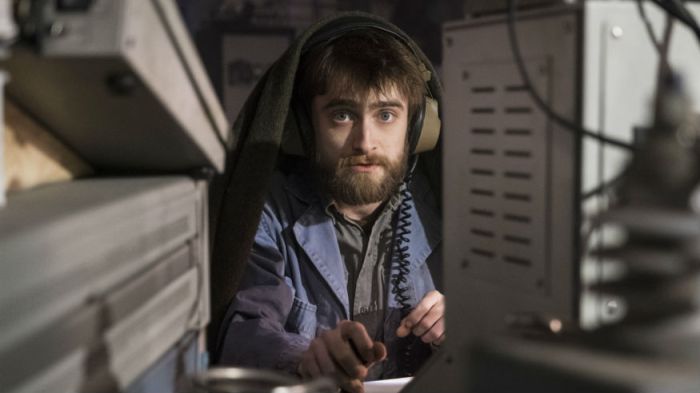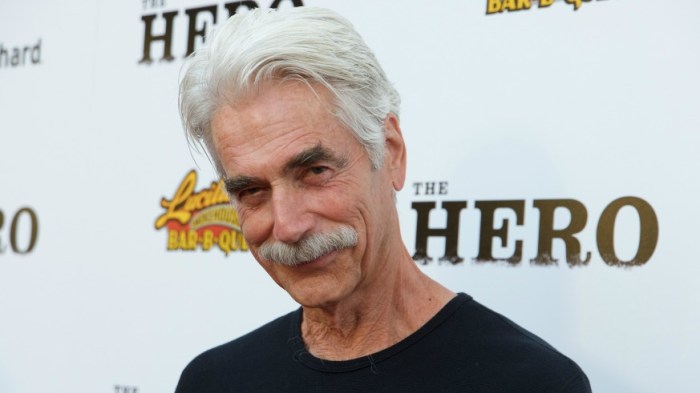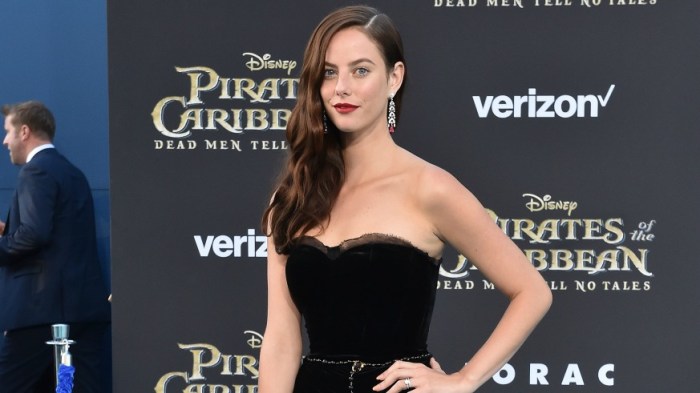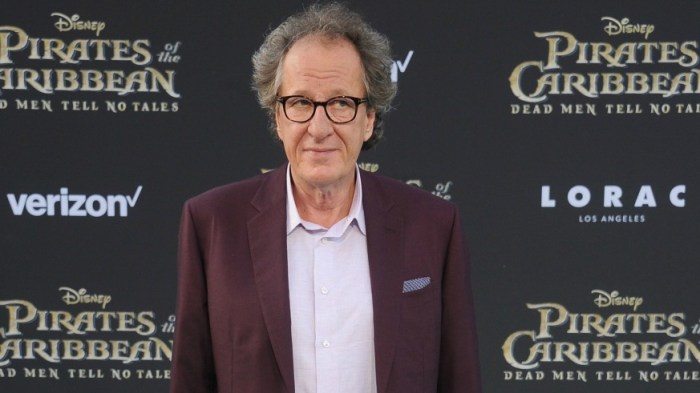Filmmaker John Maclean comes at the offbeat Western “Slow West” from two unusual angles. One, he’s a Scotsman working in a genre that is inherently American. Two, he’s a musician — the keyboards and sampler part of The Beta Band, who disbanded in 2004. Maclean made many of the band’s videos, and he brings his unique gifts to bear on an oater that sometimes feels like it’s mixing disparate elements into a strange whole. The film stars Michael Fassbender as a Cyrus, cucumber cool cowboy helping Jay, a Scottish teen (Kodi Smit-McPhee), traverse the Old West in a mad search for his beloved. There’s an interesting mix here between old school genre elements, like Fassbender’s taciturn badass, and something more realistic, and at times arty.
I really wanted to stay away from myth and mythologizing. That’s why the land is populated by Germans and French. It’s “Slow West,” not “Fastest Gun in the West.” I also tried to stay away from the pulp angle with the violence and make it a bit more real. But then you have this dreaminess, which I think is more Jay’s personality. We see it through Jay’s eyes. The dreamy element is more like magic realism than fantasy. It’s not even shot like a Western. In terms of shot selection and editing it resembles other genres, but not Westerns.
I was inspired by the European style — people like Bresson, who shoot a hand and a face in separate cuts, almost like in-camera editing. There’s a lot of that. With the dreamier parts, the last thing I wanted to do was suddenly go into slow-mo. A lot of European filmmakers, like Bergman, shoot dream sequences like regular sequences. There’s not change to the look. It makes them more interesting for me and less cliched. And then I watched a lot of Japanese cinema from the ’40s and ’50s. I wanted to keep away from the whole Western style that people usually associate with Morricone and Leone. I stayed away from that because they’ve done. You couldn’t do any better. RELATED: ‘Slow West” is both an anti-Western and a straight-up Western There is a long tradition of outside-the-box Westerns and anti-Westerns. “Dead Man” is one film with which this has a lot in common.
“Dead Man” for all its trippiness is not really that trippy. There’s a straight story underneath it. It can be more real and even authentic. People did go on train with guns shooting buffalos from windows. That happened. When you go back to the old Westerns, like “Red River” or “McCabe & Mrs. Miller” or “High Noon,” they are quite straight and are maybe a little similar to the way I shot this. It didn’t feel like I was completely doing something that hasn’t been done before. I was coming back to a slightly more classical approach. But even I was making something like a comedy or a heist film, I’d still do it like this. I’m not a huge fan of the swinging handheld camera that is prevalent these days, and shooting seven hours of footage for a minute of screentime, just because you can. We treated it like we were shooting on film. We wanted it to be disciplined. Instead of taking 1000 photos you take three great ones. The real lead isn’t Fassbender’s Cyrus but Smit-McPhee’s Jay, who has this strange combination of vulnerability and obliviousness as he marches purposefully into unknown and dangerous terrain. Some people have said he’s immature or daft, but I didn’t think that. I just think he’s 16. In “Boyhood” there’s the stretch where he’s 16 and he starts becoming a bit wrong. In his thoughts he’s misdirected. His dad says, “Ask girls about themselves,” and he just talks about himself to every girl he meets. I just think that’s what 16 year olds do. The overriding element of Jay’s character is something I’ve taken from my experience of being 16 and liking a girl who was slightly older and more attractive and our of my league, chasing her across town. Here that’s taken to the nth degree: he chases her to America. How did your history with music videos help you as you made a feature-length film with professional actors?
I learned a lot on videos, though not just the ones on MTV, where they gave me significant budgets and I learned how to work with a crew and cameramen. The real education, though, was the zero budget videos I made with my mates. We managed to get 100 quid from the record company and instead of a big budget they just gave me a camera and a Mac to edit. I could make 10 videos for the price of one. Those were the videos Michael [Fassbender] saw; he offered his services because of them. I learned to do things for no money, which even for “Slow West” came in handy, when we had to shoot in cornfields or just shooting things you hadn’t imagined. RELATED: ‘Slow West’ co-starKodi Smit-McPhee talks Eastern religion and not knowing much about movies What about your history with music? How does that inform your filmmaking?
I would prefer to see the music in the timing of the edits than in the actual music. If a film has rhythm, it will be through shots and editing and the musicality of the actors. With this, we left off the music until the 11th hour and then put the music on at the end. There’s a temptation, if you start plastering music on before the film has got its own rhythm, to disguise bad editing or bad choices with music. We wanted it to work without any music, then at the end put music on as icing. Your first brush with movies actually happened with 2000’s “High Fidelity,” which has a scene where John Cusack puts on the first song from The Beta Band’s “The Three E.P.s,” just to see how many copies he can get people to buy. It was basically an advert right in the middle of the movie, which was bizarre for us when we watched it. That’s about the best advert ever. And they even paid us to do it. The after effect for the band was pretty huge, especially in America. Follow Matt Prigge on Twitter @mattprigge
John Maclean talks ‘Slow West,’ disciplined shooting and ‘High Fidelity’
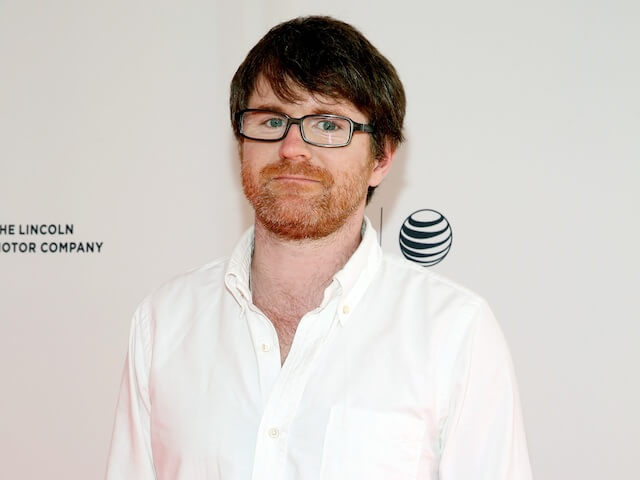
Getty Images







